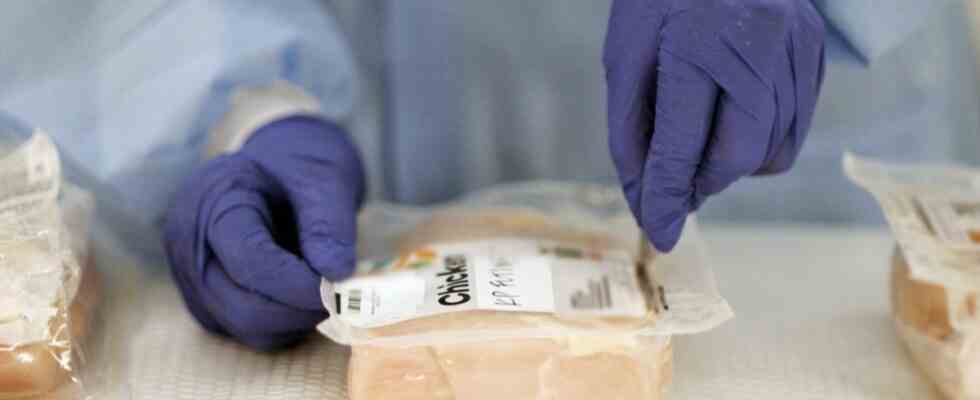Thousands of chick eggs are inoculated on the assembly line before thousands of chicks hop down the assembly line. The vaccination strengthens the immune system of the broilers – and forms the new alternative to antibiotics. This is one of the few positive examples of a documentary film that addresses another crisis of our time in all its tragedy.
While the coronavirus is visibly killing people, antibiotic resistance is claiming its victims almost secretly. But that also shakes the health system enormously. According to one estimate, more than 1.2 million people died worldwide in 2019 from an infection with a resistant pathogen. The WHO has been using the term “silent pandemic” since 2021. Because no new antibiotics can be produced as quickly as new resistances develop. The documentary film Silent Pandemic – The Global Fight Against Antibiotic Resistance by Michael Wech looks at this problem in the style of a scientific thriller from different perspectives and from seven different countries. He is the continuation of the production Resistance Fighters – The Global Antibiotic Crisis and should show how the crisis can be solved.
Only two antibiotics are effective against a certain type of typhus – and maybe not for much longer
The documentary is set in Germany, Great Britain, France, the Netherlands, the USA, Pakistan and Uganda. He shows cinematically that it is a global problem, a pandemic. The germ is a global threat. Scientists, like detectives, are looking for solutions and reveal the fates of those affected. Viewers meet a woman from Columbia, Massachusetts, who suffered from bacterial intestinal inflammation because she was careless on antibiotics. Only through a stool transplant with foreign intestinal bacteria could the life-threatening germ be defeated. You meet a young woman from Lower Saxony who was taking various antibiotics due to blood poisoning without a clear diagnosis. The cause was only clear after 16 days and the right antibiotic could be taken. By then her hands and feet were dead. And you learn that in Pakistan a variant of typhoid fever is resistant to all but two antibiotics. But it is only a matter of time before these two no longer work, they say. Protagonists and researchers lead through the film, with them it is possible to combine all aspects in a meaningful way. Far from a dry documentary, is silent pandemic a cinematic achievement.
The microbiologist Steffi Rocchi is one of the experts in the film, she has detected an increasingly resistant mold in the environment.
(Photo: Broadview Pictures)
If the choice of characters and scenes was intended to be extreme and dramatic – then it has the desired effect: you understand that something has to change. It shows how your own use of antibiotics affects others. Anyone who takes antibiotics negligently, i.e. without a good reason, also harms society – through the rapid spread of resistant germs.
The dark background music is reminiscent of any episode of the dystopian series BlackMirror, provokes anxiety and discomfort. And the hopeful tone is also missing in the talks – despite many solutions. It’s also too early for optimism. Muhammad Zaman, a public health scientist at Boston University, warns towards the end of the film: “We pretend it’s a silent pandemic. But it’s not silent, it’s not hiding. It’s us hiding from it.”
Silent Pandemic, The Global Fight Against Antibiotic Resistance, in the Arte media library.

